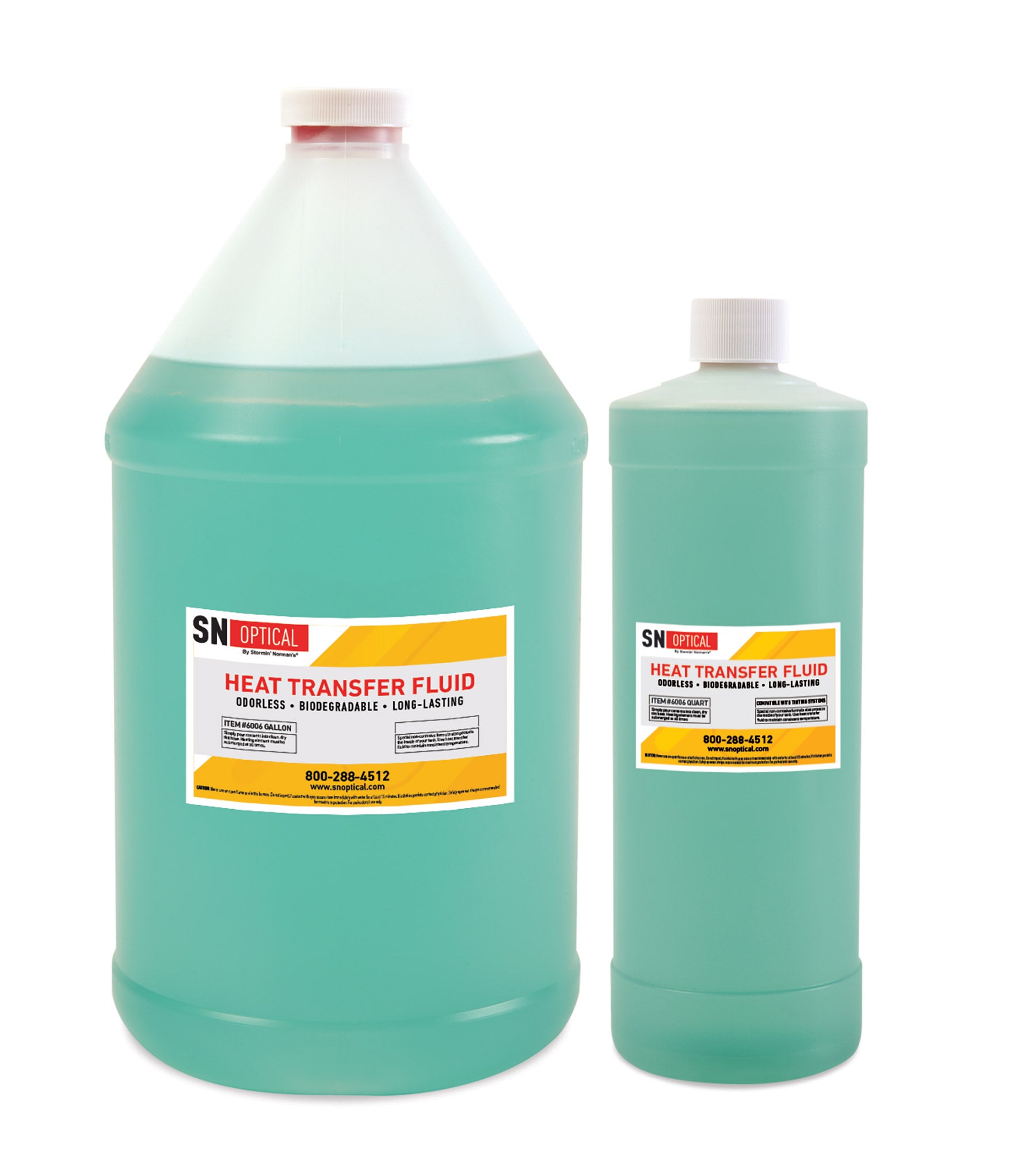Why Routine Maintenance of Heat Transfer Fluid is Important for System Long Life
Why Routine Maintenance of Heat Transfer Fluid is Important for System Long Life
Blog Article
The Function of Warm Transfer Fluid in Enhancing System Performance and Safety And Security
In the ever-evolving landscape of commercial procedures, warmth transfer fluids (HTFs) arise as crucial parts in maximizing both system performance and safety. These specialized fluids, known for their superior thermal conductivity and controlled thickness, make it possible for effective heat exchange, which is crucial for structured operations.
Understanding Heat Transfer Liquids
Warmth transfer liquids, frequently thought about the lifeline of thermal administration systems, play a crucial role in controling temperature across numerous industrial applications - heat transfer fluid. Industries such as chemical processing, power generation, and manufacturing depend on heat transfer liquids to guarantee equipment runs efficiently and safely.
The selection of a proper warm transfer fluid is crucial to the success of a thermal management system. Comprehending the nature and feature of these liquids involves acknowledging their capability to take in, transportation, and release warm power successfully. Warm transfer liquids can be generally categorized right into various types, consisting of water-based, glycol-based, and artificial oils, each with its specific applications and benefits. The option of fluid relies on variables such as temperature level array, thermal security, and compatibility with system materials. In recap, a detailed understanding of warm transfer liquids is vital for optimizing system efficiency, guaranteeing operational safety, and attaining affordable thermal monitoring services.
Key Residence of HTFs

The details warm capacity of an HTF defines the quantity of heat needed to transform its temperature level, affecting just how effectively the system can react to temperature variants. The boiling and freezing points of HTFs likewise play an essential role, particularly in systems revealed to extreme temperature levels, ensuring liquid security and protecting against phase changes during procedure. Furthermore, the chemical stability of HTFs under varying thermal conditions is important to stop degradation and expand fluid life. Compatibility with system materials is necessary to prevent rust and product deterioration, ensuring long-lasting functional dependability. These residential properties jointly notify the choice of an ideal HTF for certain commercial applications.
Enhancing System Efficiency
To enhance system performance with warmth transfer liquids (HTFs), it is crucial to incorporate a comprehensive method that considers both fluid buildings and system layout. The option of a proper HTF is crucial, as its thermal conductivity, viscosity, and details warmth ability directly affect the efficiency of warm exchange.
Equally important is the style of the warmth transfer system itself. The surface location and product of heat exchangers need to be enhanced to make best use of heat transfer efficiency.
Boosting Operational Security
Making certain functional security in warmth transfer systems requires a precise emphasis on both the buildings of warm transfer fluids (HTFs) and the design and maintenance of the whole system. HTFs have to have thermal stability, reduced flammability, and suitable viscosity to decrease dangers such as leaks, fires, and system malfunctions. Selecting the right HTF is vital as it determines the system's capability to take care of temperature changes without compromising safety and security.
The design of the system must incorporate redundancies and fail-safes to take care of prospective dangers effectively. This consists of the integration of safety shutoffs, stress relief gadgets, and temperature surveillance systems to detect and resolve abnormalities without delay. Regular upkeep is vital to guarantee that all parts, consisting of pumps, pipes, and seals, are operating appropriately and are devoid of wear or rust, which could result in dangerous leaks or failures.
In addition, personnel visite site responsible for the procedure and upkeep of warmth transfer systems should be effectively trained in security protocols and emergency reaction procedures. Consistent training programs and security drills can dramatically minimize the probability of mishaps, ensuring a much safer working atmosphere. Eventually, a comprehensive technique to safety-- incorporating fluid option, system style, and workforce training-- is essential for optimum functional safety and security.
Industry Applications of HTFs
Commonly utilized across different markets, warm transfer liquids (HTFs) play a vital role in improving the effectiveness and dependability of thermal management systems. In the chemical sector, HTFs are important for keeping accurate temperatures throughout reactions, making certain product uniformity and quality. They assist in warm exchange processes in reactors, condensers, and warm exchangers, thus maximizing power usage and minimizing waste.
In the oil and gas market, HTFs are used in both upstream and downstream procedures. They manage temperature level in exploration procedures and enhance effectiveness in refining processes by supplying secure thermal problems. This causes decreased downtime and improved security, particularly in important procedures such as distillation and cracking.
The sustainable power industry also profits substantially from HTFs, particularly in focused solar energy (CSP) plants. Right here, HTFs transfer captured solar energy to power generators, allowing reliable power generation. The pharmaceutical industry relies on HTFs for exact temperature level control in both synthesis and storage space, making sure item effectiveness and safety.


Additionally, the published here food and beverage market utilizes HTFs for pasteurization, sanitation, and food preparation procedures, enhancing both product safety and security and production performance. Throughout these sectors, HTFs serve as important elements in maintaining optimal operational performance and safety and security.
Conclusion
Warm transfer fluids are necessary in enhancing industrial system efficiency and safety by offering high thermal conductivity, optimal viscosity, and thermal stability. Proper option and maintenance this content of HTFs boost warm exchange performance, thus increasing functional performance. The reduced flammability of these liquids is essential for lessening threats and making certain safe procedures. Comprehensive employees training and routine upkeep further support the integrity and performance of commercial processes, solidifying the essential duty of HTFs in varied applications.
Report this page